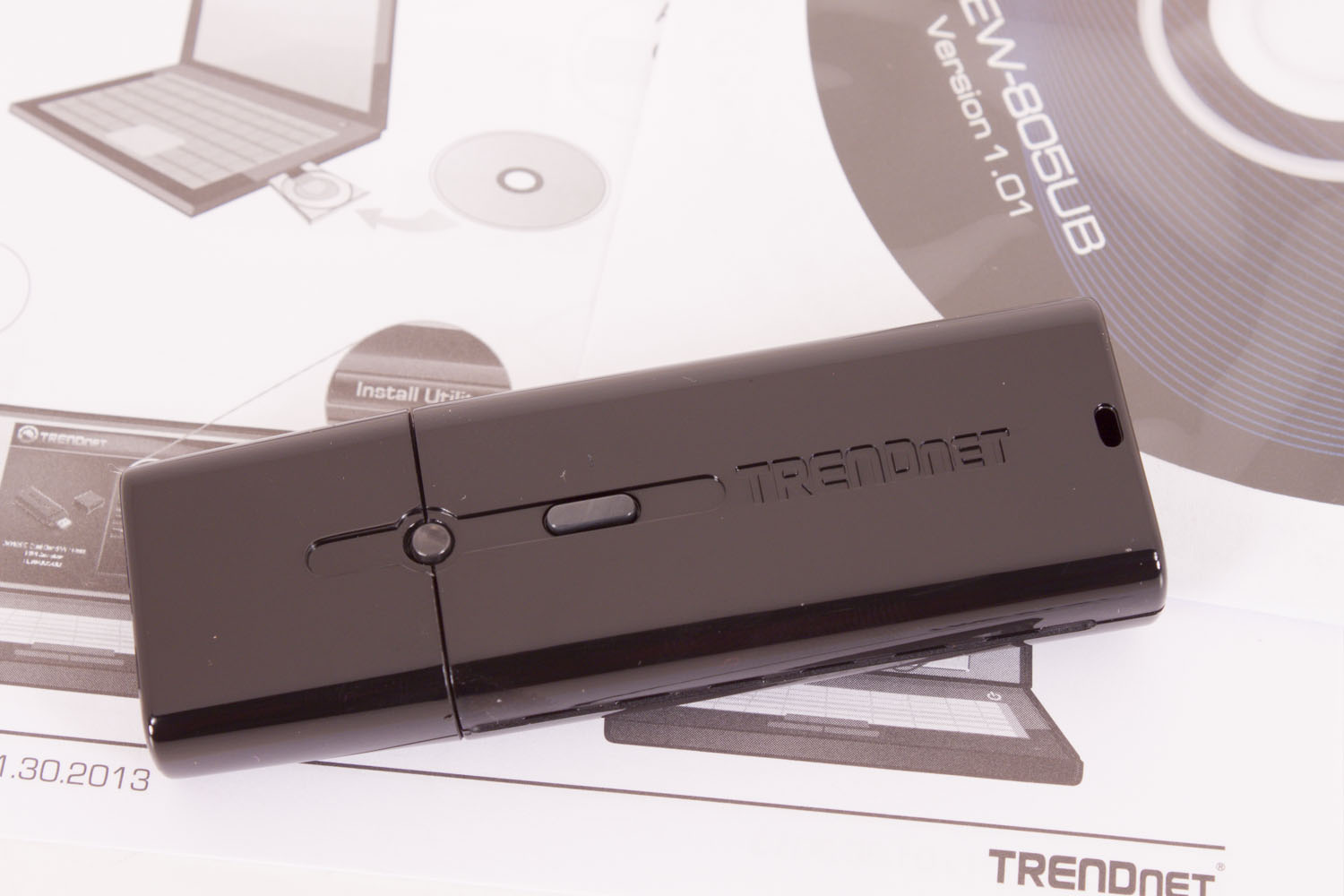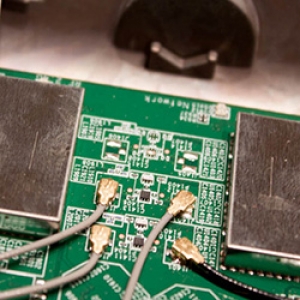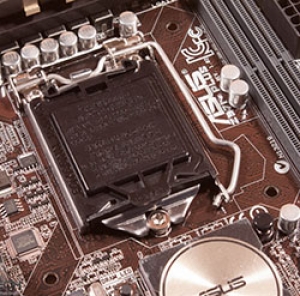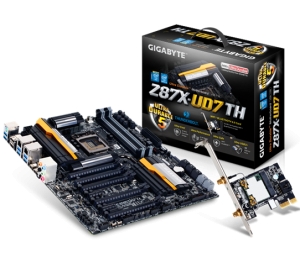From The Blog
-
ConnectWise Slash and Grab Flaw Once Again Shows the Value of Input Validation We talk to Huntress About its Impact
Written by Sean KalinichAlthough the news of the infamous ConnectWise flaw which allowed for the creation of admin accounts is a bit cold, it still is one that…Written on Tuesday, 19 March 2024 12:44 in Security Talk Read 651 times Read more...
-
Social Manipulation as a Service – When the Bots on Twitter get their Check marks
Written by Sean KalinichWhen I started DecryptedTech it was to counter all the crap marketing I saw from component makers. I wanted to prove people with a clean…Written on Monday, 04 March 2024 16:17 in Editorials Read 1544 times Read more...
-
To Release or not to Release a PoC or OST That is the Question
Written by Sean KalinichThere is (and always has been) a debate about the ethics and impact of the release of Proof-of-Concept Exploit for an identified vulnerability and Open-Source…Written on Monday, 26 February 2024 13:05 in Security Talk Read 1087 times Read more...
-
There was an Important Lesson Learned in the LockBit Takedown and it was Not About Threat Groups
Written by Sean KalinichIn what could be called a fantastic move, global law enforcement agencies attacked and took down LockBit’s infrastructure. The day of the event was filled…Written on Thursday, 22 February 2024 12:20 in Security Talk Read 1048 times Read more...
-
NetSPI’s Offensive Security Offering Leverages Subject Matter Experts to Enhance Pen Testing
Written by Sean KalinichBlack Hat 2023 Las Vegas. The term offensive security has always been an interesting one for me. On the surface is brings to mind reaching…Written on Tuesday, 12 September 2023 17:05 in Security Talk Read 2106 times Read more...
-
Black Kite Looks to Offer a Better View of Risk in a Rapidly Changing Threat Landscape
Written by Sean KalinichBlack Hat 2023 – Las Vegas. Risk is an interesting subject and has many different meanings to many different people. For the most part Risk…Written on Tuesday, 12 September 2023 14:56 in Security Talk Read 1824 times Read more...
-
Microsoft Finally Reveals how they Believe a Consumer Signing Key was Stollen
Written by Sean KalinichIn May of 2023 a few sensitive accounts reported to Microsoft that their environments appeared to be compromised. Due to the nature of these accounts,…Written on Thursday, 07 September 2023 14:40 in Security Talk Read 2095 times Read more...
-
Mandiant Releases a Detailed Look at the Campaign Targeting Barracuda Email Security Gateways, I Take a Look at What this all Might Mean
Written by Sean KalinichThe recent attack that leveraged a 0-Day vulnerability to compromise a number of Barracuda Email Security Gateway appliances (physical and virtual, but not cloud) was…Written on Wednesday, 30 August 2023 16:09 in Security Talk Read 2073 times Read more...
-
Threat Groups Return to Targeting Developers in Recent Software Supply Chain Attacks
Written by Sean KalinichThere is a topic of conversation that really needs to be talked about in the open. It is the danger of developer systems (personal and…Written on Wednesday, 30 August 2023 13:29 in Security Talk Read 1853 times Read more...
Recent Comments
- Sean, this is a fantastic review of a beautiful game. I do agree with you… Written by Jacob 2023-05-19 14:17:50 Jedi Survivor – The Quick, Dirty, and Limited Spoilers Review
- Great post. Very interesting read but is the reality we are currently facing. Written by JP 2023-05-03 02:33:53 The Dangers of AI; I Think I Have Seen this Movie Before
- I was wondering if you have tested the microphone audio frequency for the Asus HS-1000W? Written by Maciej 2020-12-18 14:09:33 Asus HS-1000W wireless headset impresses us in the lab
- Thanks for review. I appreciate hearing from a real pro as opposed to the blogger… Written by Keith 2019-06-18 04:22:36 The Red Hydrogen One, Possibly One of the Most “misunderstood” Phones Out
- Have yet to see the real impact but in the consumer segment, ryzen series are… Written by sushant 2018-12-23 10:12:12 AMD’s 11-year journey to relevance gets an epic finish.
Most Read
- Microsoft Fail - Start Button Back in Windows 8.1 But No Start Menu Written on Thursday, 30 May 2013 15:33 in News Be the first to comment! Read 116500 times Read more...
- We take a look at the NETGEAR ProSafe WNDAP360 Dual-Band Wireless Access Point Written on Saturday, 07 April 2012 00:17 in Pro Storage and Networking Be the first to comment! Read 87416 times Read more...
- Synology DS1512+ Five-Bay NAS Performance Review Written on Tuesday, 12 June 2012 20:31 in Pro Storage and Networking Be the first to comment! Read 81968 times Read more...
- Gigabyte G1.Sniper M3 Design And Feature Review Written on Sunday, 19 August 2012 22:35 in Enthusiast Motherboards Be the first to comment! Read 80287 times Read more...
- The Asus P8Z77-M Pro Brings Exceptional Performance and Value to the Lab Written on Monday, 23 April 2012 13:02 in Consumer Motherboards Be the first to comment! Read 70936 times Read more...
Displaying items by tag: 80211ac
NETGEAR drops the WAP720 with Ensemble Mode. We take a look
WiFi is one of those services that people simply expect to see these days. When you walk into just about any public building you are going to start looking for the “free” WiFi that they have. Most people do not stop to think about that that looks like behind the scenes especially when you are in a smaller business. In a large business you have multiple wireless access points (WAPs) that are run by a central controller. This centralized control system makes it relatively simple to control both the business side and the guest side of the wireless network. These tools can be very expensive and out of the budget range for most small companies. Instead a small business will end up with either an edge device with built in wireless (and really bad service), a single WAP or multiple individual WAPs that need to be managed independently and have their own problems.
Samsung Claims to Have Created 4.6Gbps 60GHz Wireless
One of the biggest issues with wireless is that you never really get the speeds you are promised. Right now the maximum theoretical speed you can get in consumer wireless is about 1.3Gbps. This is assuming you are running the right router and wireless adapter which means that both have to support three antenna as well as the full 802.11ac spec. To be perfectly honest with you that is not likely to happen in the real world as most wireless adapters do not support AC1300 (full 1.3Gbps). Instead you end up getting AC800-900 with the rare AC1200 popping up now and then. Even if you have both ends at AC1300 you are still not likely to see the nirvana of 1.3Gbps wireless.
Asus Z97I-Plus Review Part II - Performance
One of the things that makes a board stand out from the crowd, beside features and price, is how well it performs. Even with a massive feature set a board is not going to do well if the performance is not there. With the Z97-I Asus is trying to push the same level of features that you would find in a larger board, but will they be able to get the same level of performance? That is what we are looking to find out today. So without much in the way of ceremony, let’s get into why you are here and see what the Z97-I is hiding inside its small frame. You can also check out our coverage of the design and features of the Z97I Plus.
Asus Z97I Plus Design and Features Review - Packing a Lot into a Little Space
The small form factor crowd has grown in leaps and bounds over the last few years. Every day on Facebook or some other spot on the internet you will see some pretty impressive builds with tiny motherboards stuffed in them. However, one of the things that has always seemed to be missing I full chipset support. Most of the time you can find mini-ITX boards running business or consumer chipsets. Fortunately, this trend has been changing and we are seeing more powerful boards hitting the market. We have one of these newer boards in the lab in the form of the Asus Z97I Plus. This Z97 chipset based board is intended to put all the power and features of larger boards into a tiny package. Let’s see how well Asus does at reaching this goal.
Gigabyte announces Dual Port Thunderbolt 2 certification
Gigabyte decided to fulfil increasing demands for higher data transfer speed and today announed official certification of Dual Port Thunderbolt 2 technology which will be implemented in their GIGABYTE Z87X-UD7 TH model motherboard. This technology will allow speeds of up to 20 Gb/s which is 4 times as much as USB 3.0 is offering and twice as much as the regular Thunderbolt. The new controller is codenamed "Falcon Ridge" and allows simultaneous data transfer across two channels per port.
TRENDNet TEW-805UB 802.11ac USB 3.0 Adapter Review
 |
Since its introduction there has been something of an internal battle with wireless. On the one hand it is very convenient; you just connect to an access point and you have freedom as long as you are inside the network rand. On the other the speed is not always that great and, if the signal is too weak, you can end up dropping packets, files and losing data. Over the years there have been great improvements in wireless speed, but no matter what it has never been able to match the speed of a wired connection. At least it could not until 802.11ac wireless arrived on the scene. This new specification offers a theoretical limit of 1.3Gbps over a 5GHz wireless connection. We have already taken a look at a router and USB 2.0 adapter, now we are going to look at what happens when you put USB 3.0 into the mix with the TRENDNet TEW-805UB adapter.
TRENDNet TEW-812DRU 802.11ac Wireles Dual Band Router Review
 |
When wireless networking was first introduced it was a very cool concept and people bought into it. The problem was that it was also about as slow as dial-up internet was. The good news is that all technologies advance and wireless was non exception. Once the idea caught on we quickly ramped up in speed, but wireless was never quite able to keep up with a wired connection. We saw these connections leap ahead by a factor of 10 while wireless had small incremental speed jumps. All of that changed in 2011 when researchers built up the next specification for wireless speed, 802.11ac. This speed increase more than doubled what wireless was able to do previously. Suddenly wireless was just as fast as a wired connection (in theory). We have a few routers and adapters in the lab and will be taking a look at them. Today we are going to show you the TRENDNet TEW-812DRU AC1750 dual band wireless router.
NETGEAR 802.11ac A6200 USB WiFi Adapter Runs Through The Lab
 |
802.11ac wireless was introduced at CES 2012. Unfortunately when the devices were launched there were no adapters to support it. This meant that people were buying expensive wireless products without having any way to support the speeds they were capable of. Fortunately at CES 2013 a couple of manufacturers started releasing 802.11ac adapters. However, there are two schools of thought about how to implement these adapters. We will be taking a look at both in the next couple of weeks, but we will kick things off with a look at the USB 2.0 NETGEAR A6200 Dual Band 802.11ac WiFi Adapter. Let’s dive in and take a look.
Apple computers with Gigabit Wi-FI
 |
This year's edition of Apple Mac computers could have support for faster Wi-Fi wireless networks. Apple has in a new beta version of the upcoming operating system upgrade OS X 10.8.4 implemented support for 802.11 ac standard that supports data transfer rates up to 1.3 Gbps in the local wireless network.




